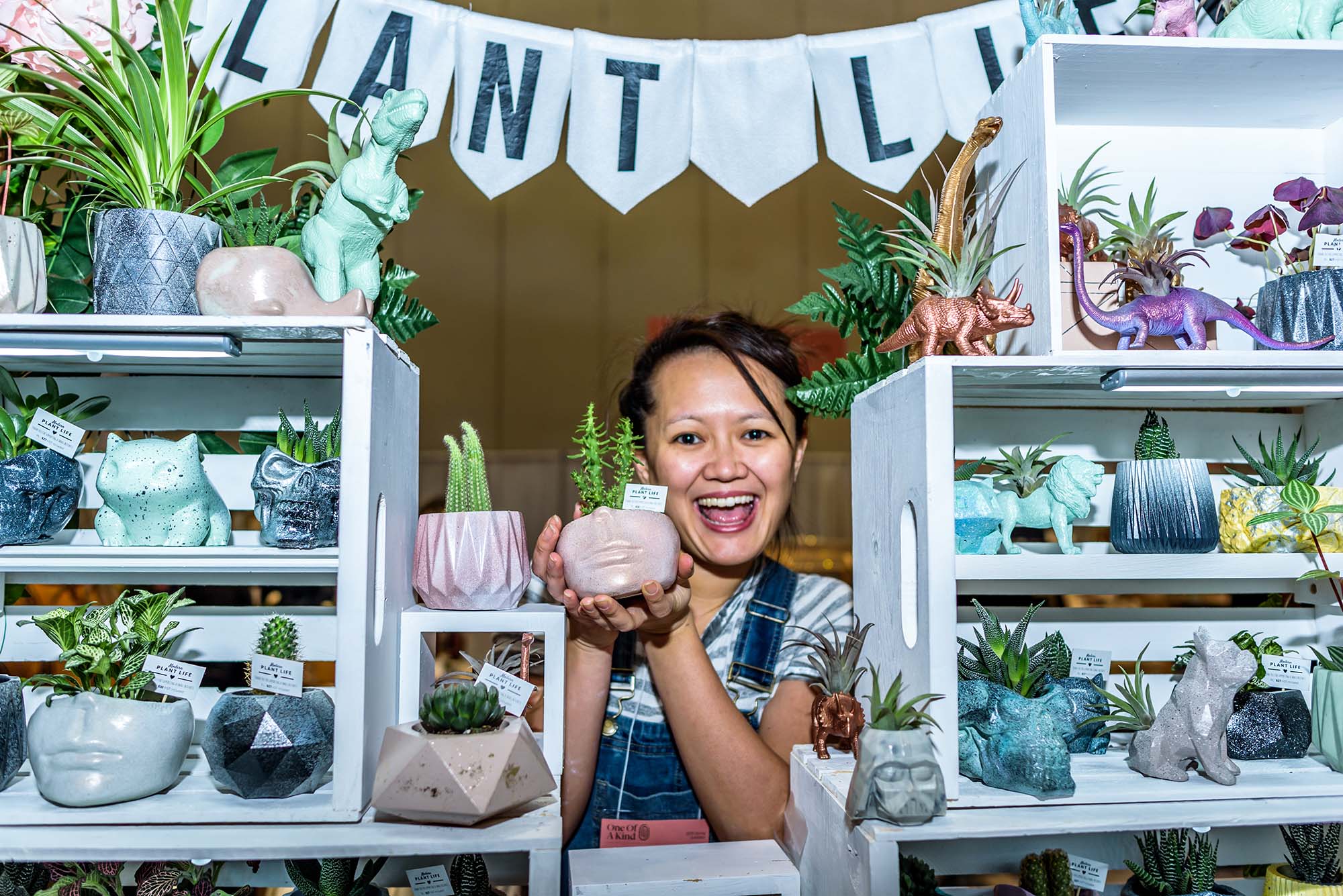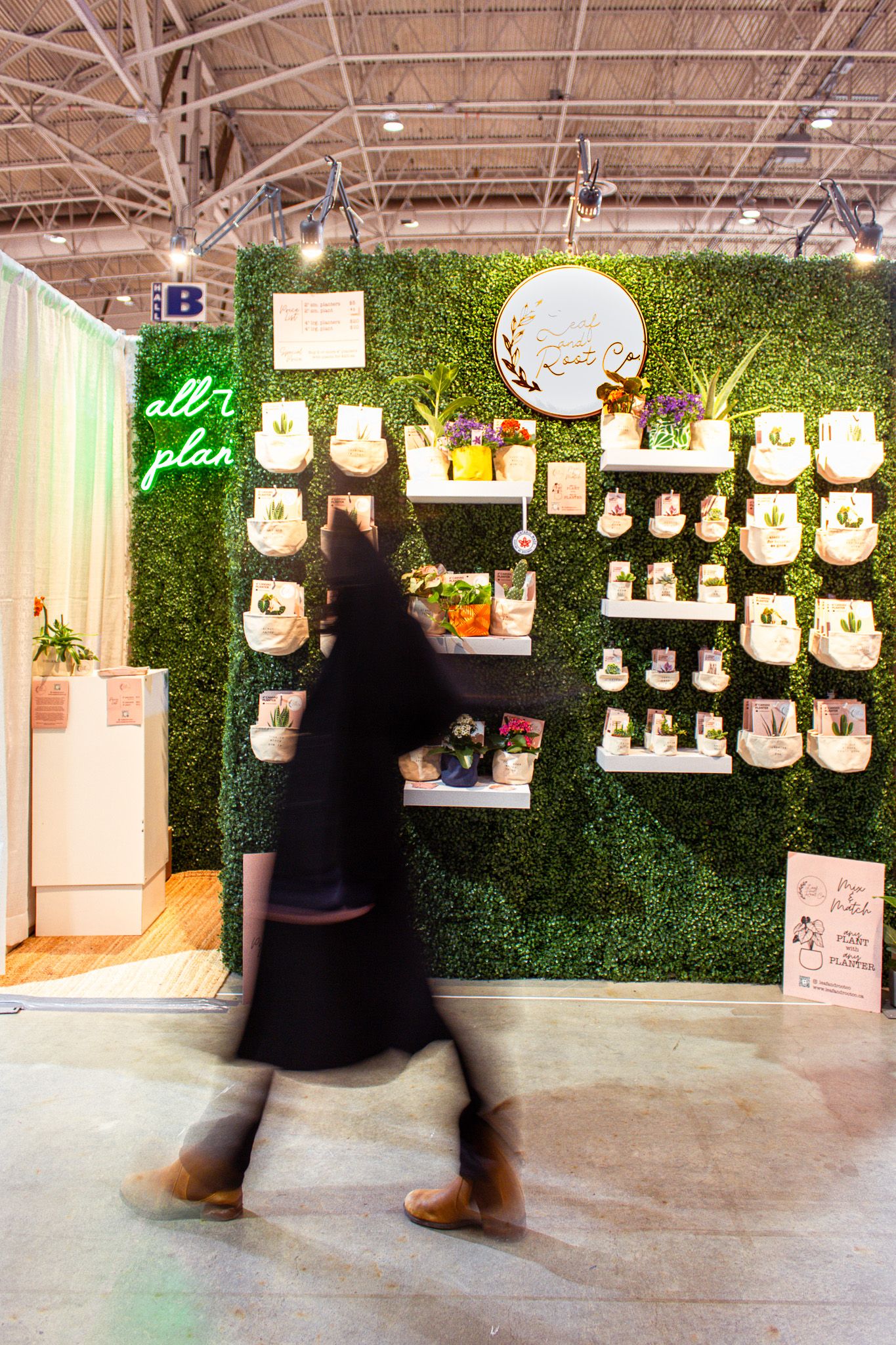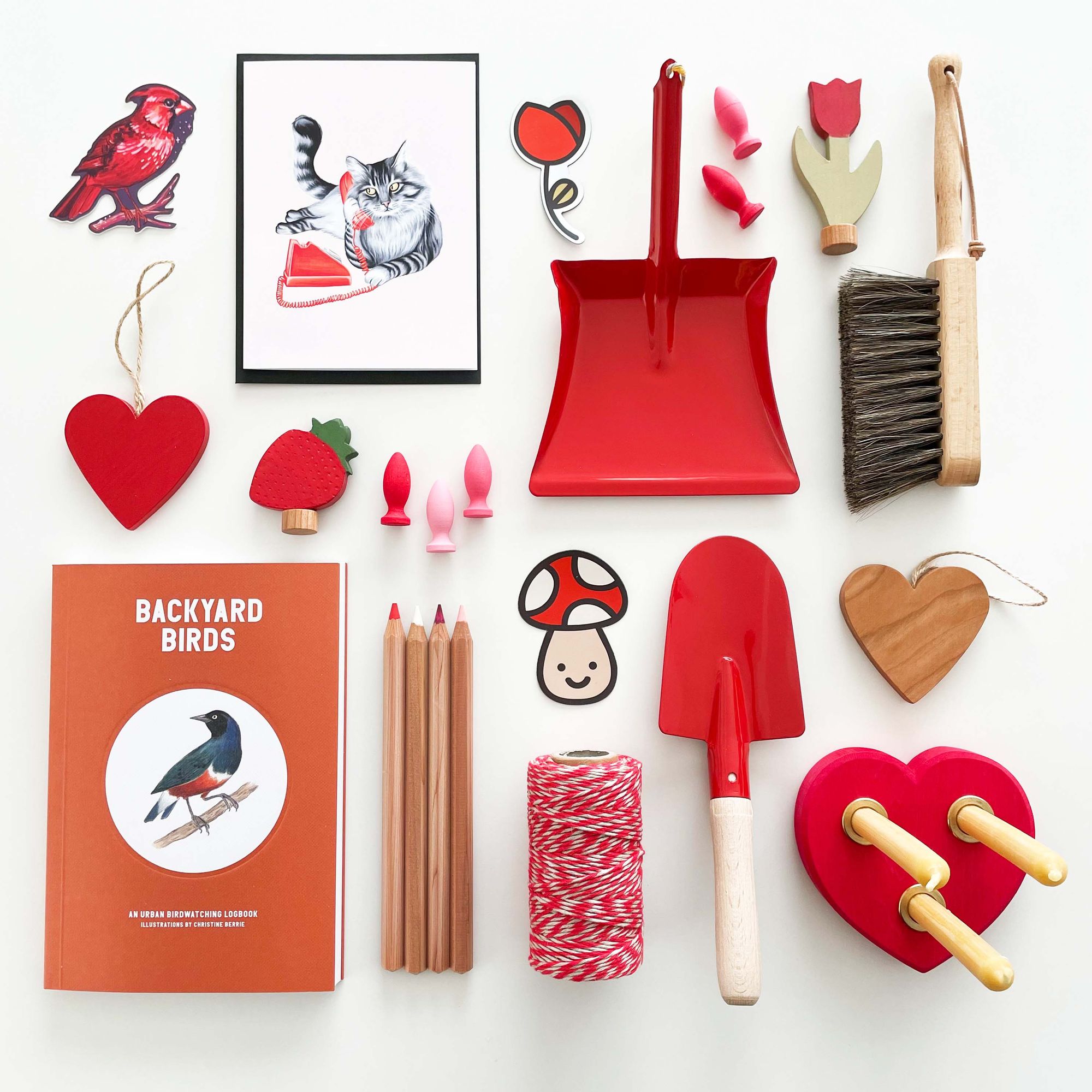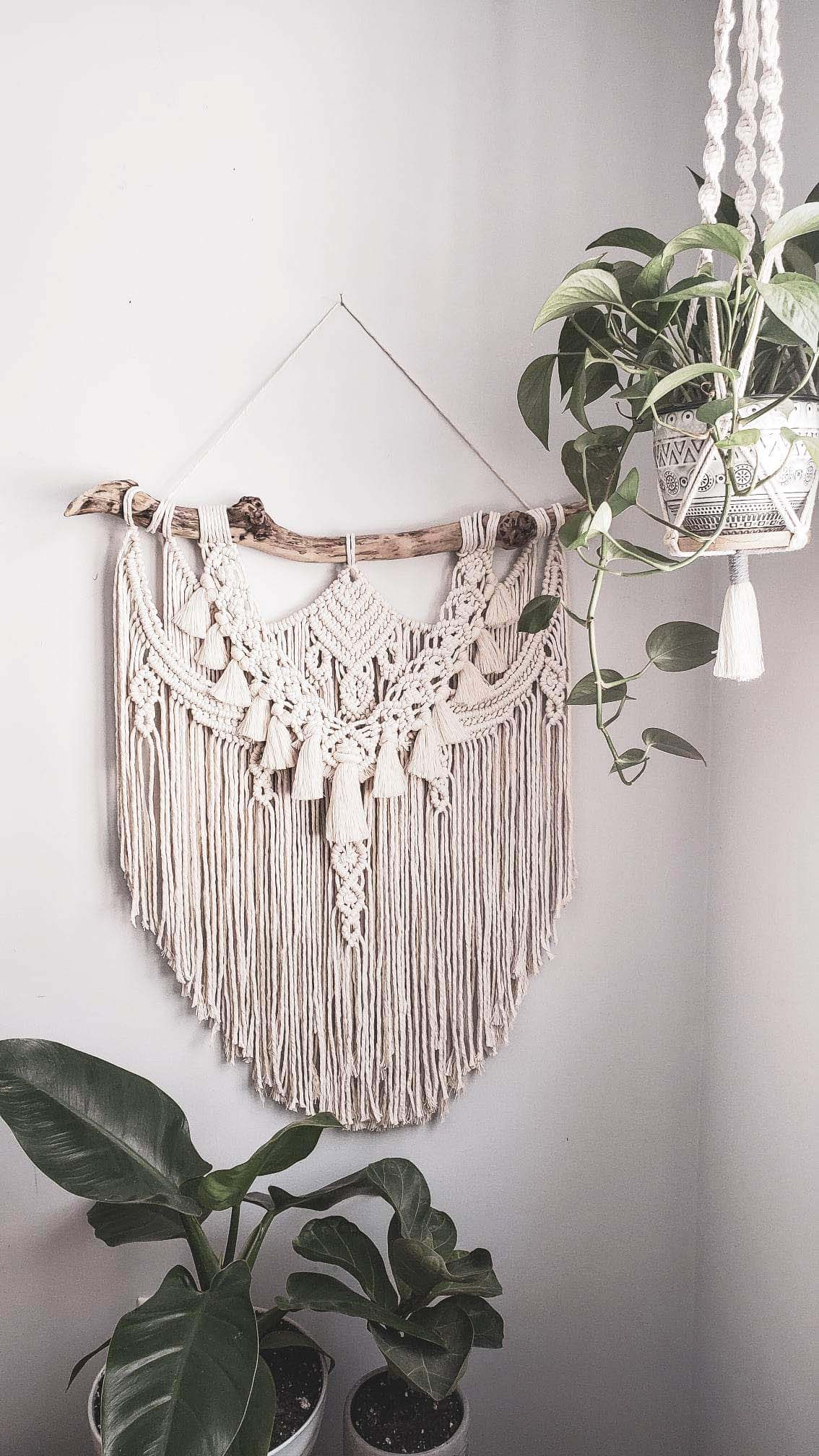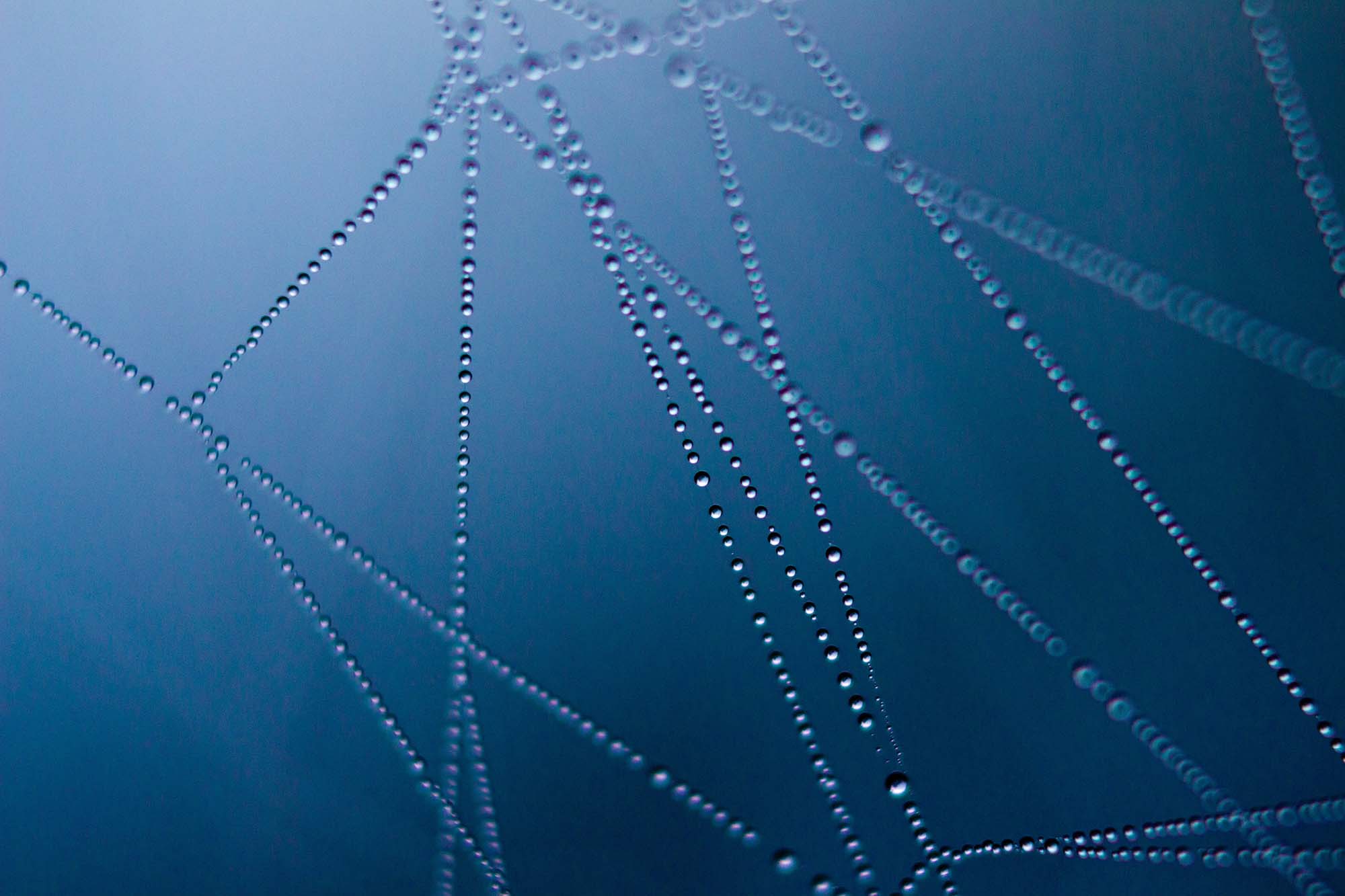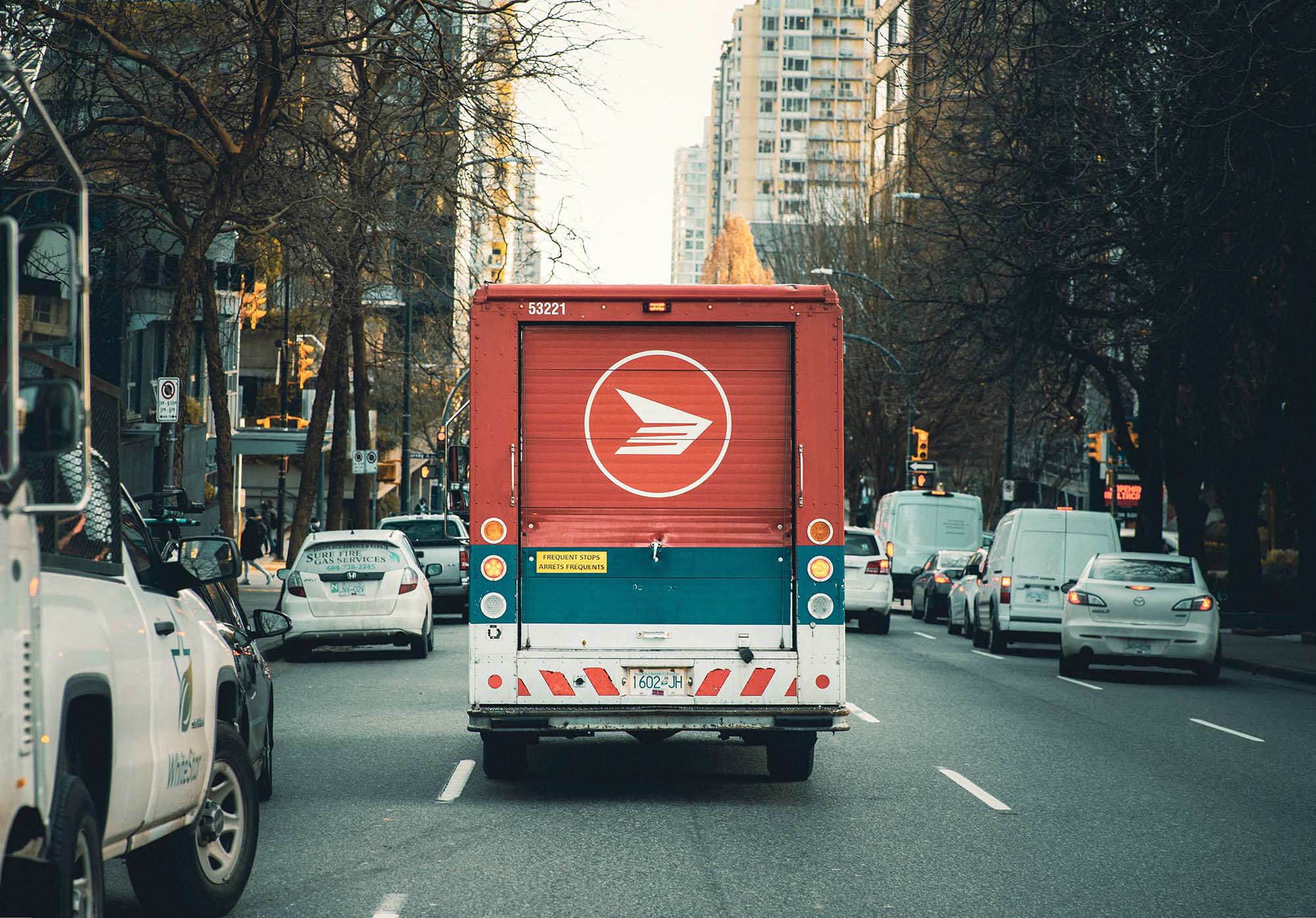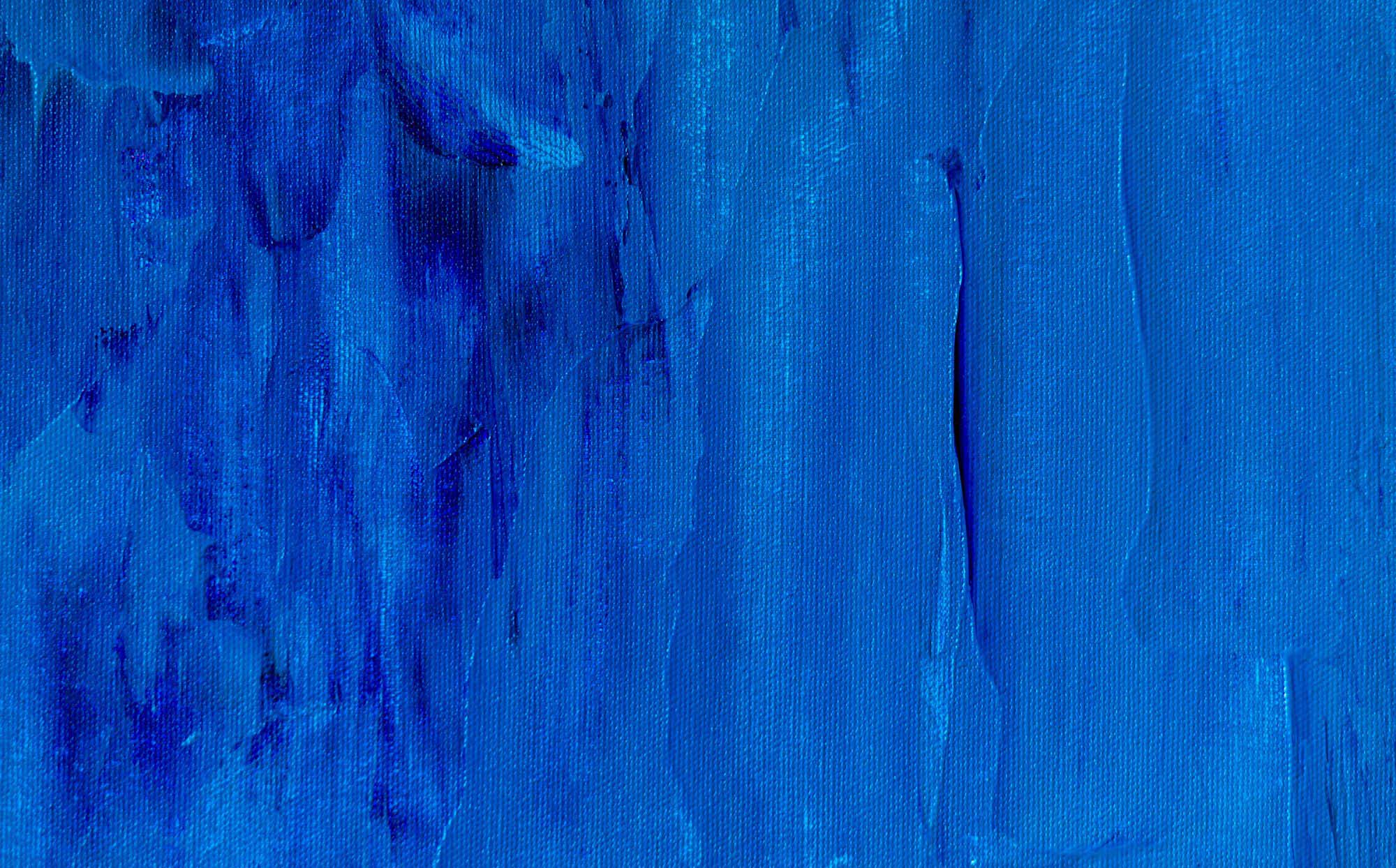There are craft markets, and then there’s the One of a Kind Show.
Anyone who’s made the trek to Toronto’s Exhibition Place before the holidays or as winter turns to spring knows that OOAK (as they’re known) is a major opportunity for shoppers to find incredible handmade goods — not to mention the delicious food — and for vendors to reach a huge audience.
This isn’t to say we don’t love other markets, big and small. They’re all a pleasure to browse and shop. But no one can deny that OOAK is next level.
For shoppers, OOAK means an outing with friends, discovering new products or coming back to favourite stalls. Maybe some sore feet at the end. But for vendors, the show is a huge endeavour. Not only is it a multi-day event with long hours, but you need a good amount of product to stock your booth, and it’s not cheap — or easy — to put together a good display. And that’s before you consider travel and accommodation costs for anyone based outside the Toronto area.
– Diana Watters, Diana Watters Handmade
While it obviously works well for some businesses — there are makers and artists who show up reliably, every year — that doesn’t mean OOAK is the right choice for everyone.
So how do you know if the show is a fit for your business, and what’s involved in applying and getting in? We spoke with Valérie Roy, One of a Kind's director of sales and recruitment, to find out. Plus, we’ve gathered show tips from vendors who’ve been there. Got suggestions of your own? Please share them in the comments!
(By the way — as of our publication date, OOAK was still accepting applications for the spring show. Find out more on their website.)
– Julie Sinden, Julie Sinden Handmade / The Love of Colour
Workshop: Can you tell us the basics about OOAK?
Valérie Roy: We have two shows a year: the winter show and the spring show. The winter show is 11 days long and the spring show is five days. This year, the spring show is from Wednesday, March 29, to Sunday, April 2.
The show has been around for more than 45 years and it showcases artisans from Canada. Our show is juried, which means that every single exhibitor that wants to participate has to submit an application. Not everyone that applies is accepted. So what you're getting at the show is the crème de la crème of the maker community in Canada.
The three main criteria are that the artisans have to be living in Canada, they have to make and produce their products in Canada, and the person applying has to be heavily involved in the design and production of their products.
– Diana Watters, Diana Watters Handmade
W: What is the selection process like?
VR: The way the show is juried is always based on its existing exhibitors. [Previous vendors have the chance to re-sign to the next year's show without submitting a full application, and there is a simplified application for exhibitors who want to join another season's show, e.g., spring show participants who would like to attend the winter show.] We look at what we currently have in the show, and we try to balance all the categories so that there aren’t too many repeats and there's something different about each exhibitor.
When a visitor comes to see the show, our goal is that the journey they're taking is surprising and invigorating and inspiring, so that they're motivated to go from aisle to aisle and discover and be energized.
– Nathalie-Roze Fischer
W: What kinds of materials do people have to send in to apply?
VR: It used to be the good old “mail in your application.” We would do an Instagram post of us just drowning in boxes and applications. That was fun, actually.
But now, we have moved online. Makers have to supply pictures of their work, pictures of their studio. Where do they actually create their work? A step-by-step description: How exactly are you making your work, who's involved, what's involved? And then a biography, a price list and a booth display.
In certain categories, like flavours, candles, stationery and personal care, they have to submit the actual product so the jury can try it. Something might be beautifully branded, but we need to try it and make sure it will meet the criteria of the show.
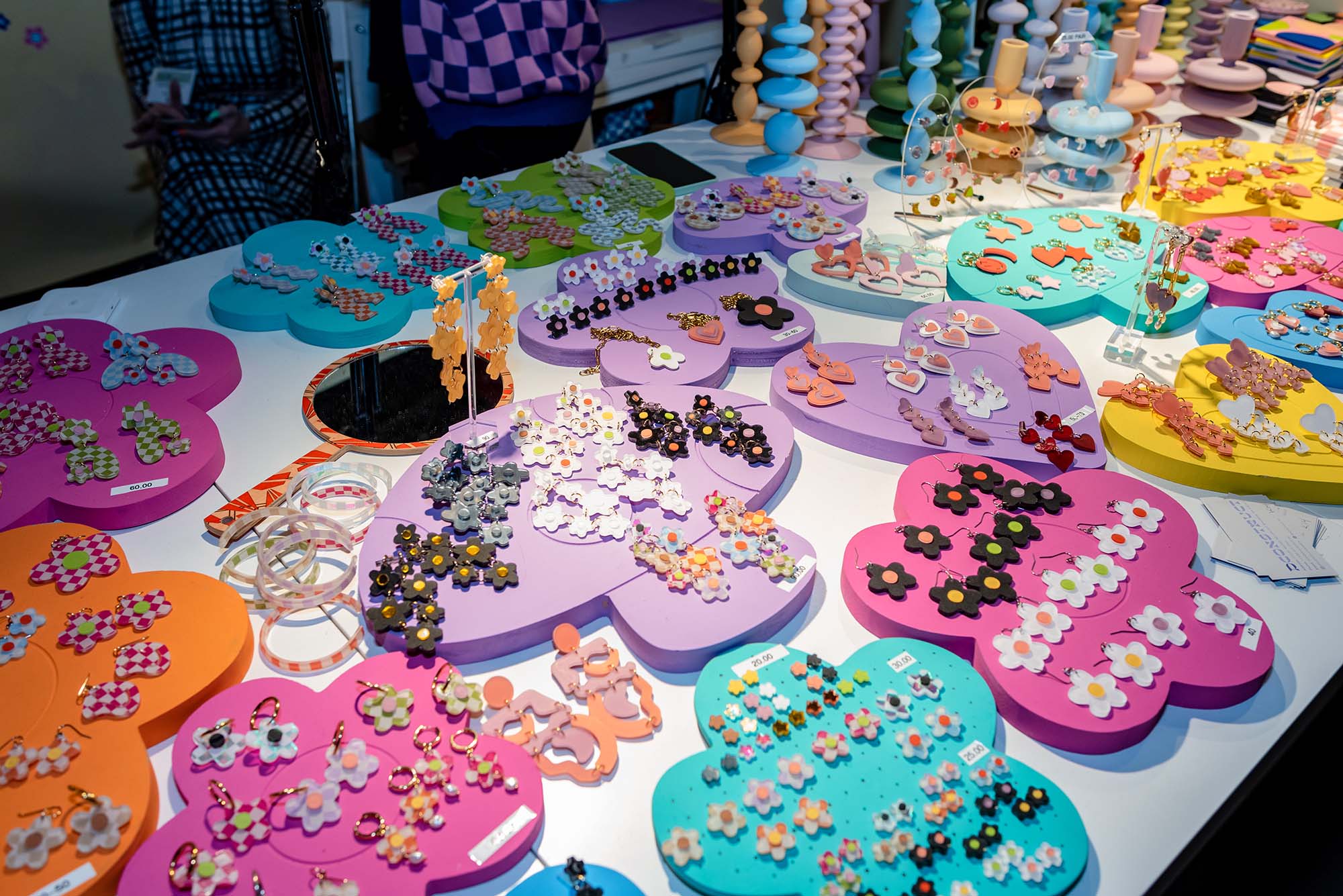
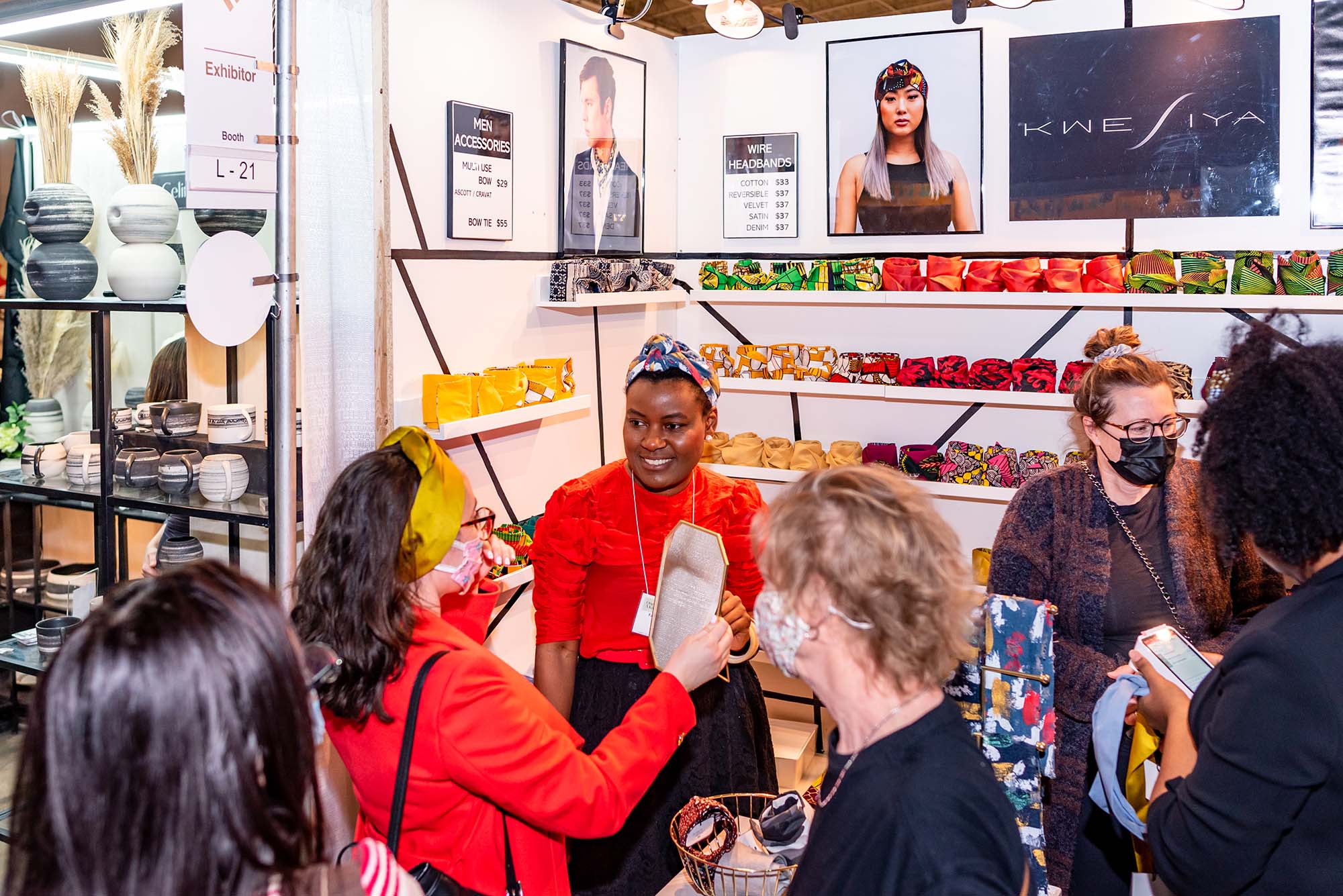
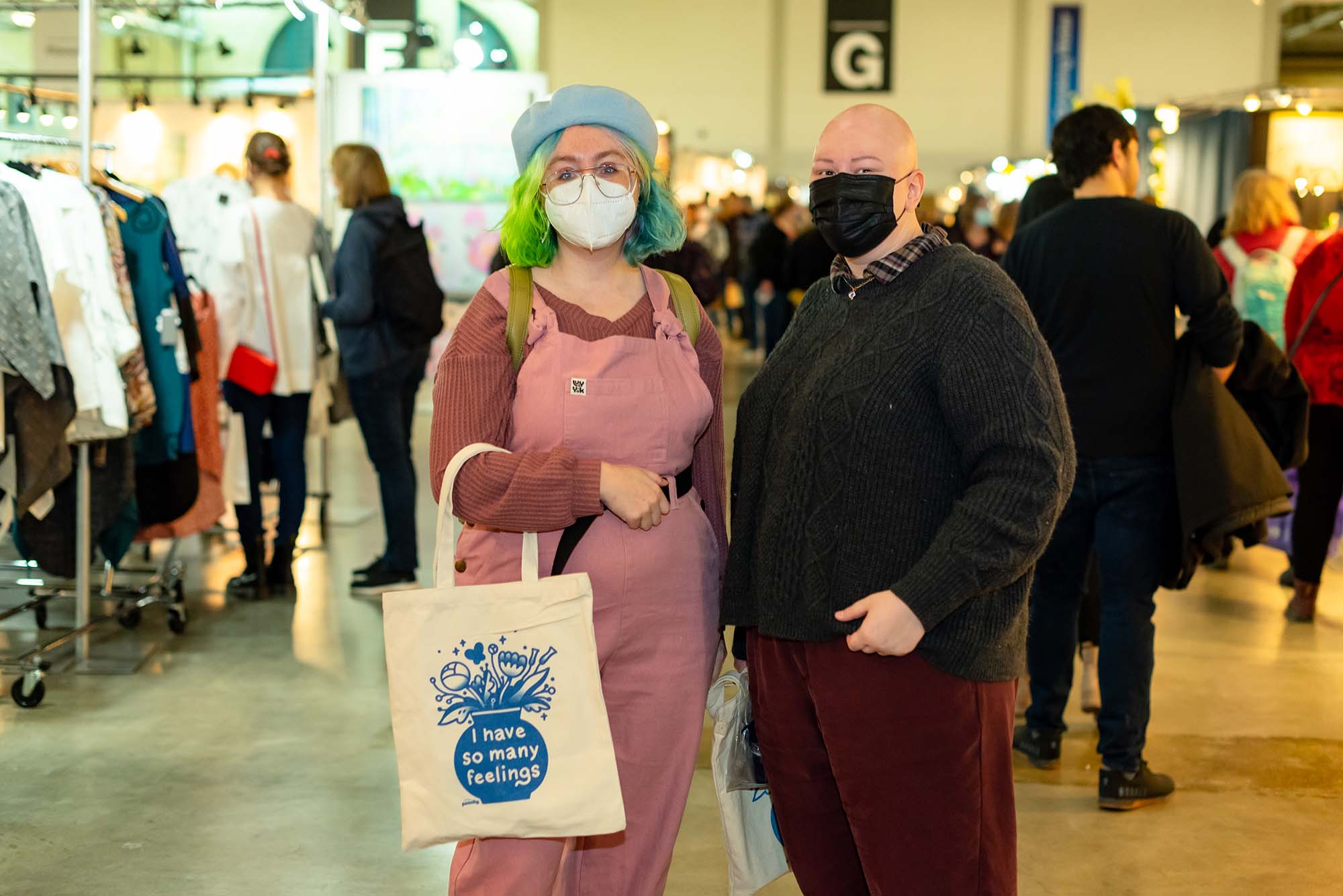
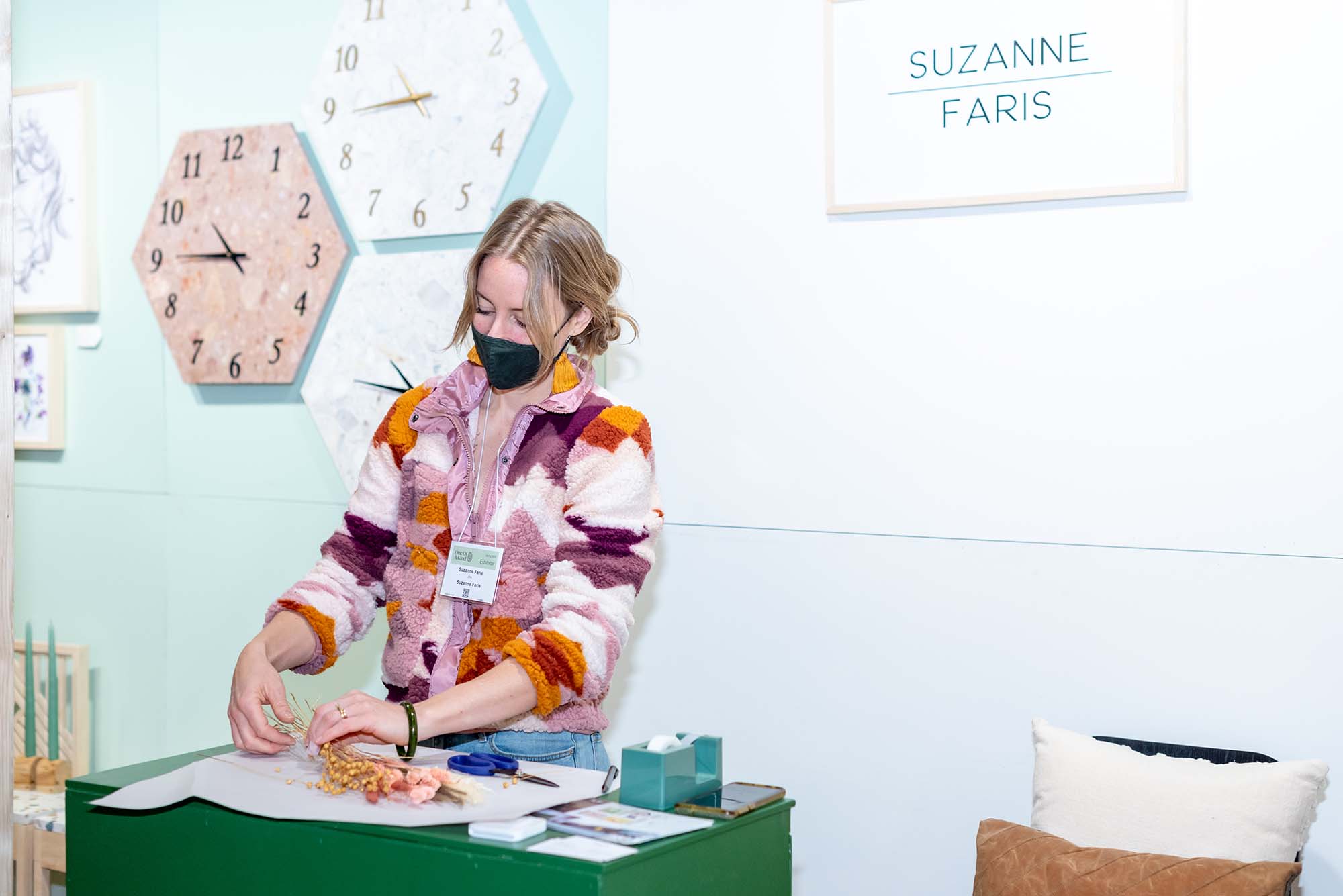
W: How do vendors make it worth it math-wise, especially if they have to travel?
VR: Over 96 percent of visitors that come to the show make at least one purchase. We spend a lot of time making sure that we're attracting the right clientele.
Also, it's not only the sales that exhibitors are making, but also the connections with media, stores and galleries. Being at the show can provide exposure and reach that I think it would be very difficult for one single maker to try and do on their own, especially for the micro-businesses that we work with.
What's really great is that our exhibitors are given an opportunity to sign up for the show again. Exhibitors in the spring show, for example, will have an opportunity to secure their participation for the next spring show. And we do have a high percentage of people who do that. If they take advantage of that, then it’s a great perk for them to build their clientele and know that they have this secure spot that they can come to year after year.
– Candice Levine, The Candi Factory
W: That 96 percent number is interesting. I wonder if one of the reasons, speaking from my own personal experience, is that you have to pay to get in. And once you've invested in that, you want to get something out of it, you know what I mean? Versus a market where you're just wandering through a park and checking out some tables.
VR: Yes, it's a qualified clientele. That's one of the main reasons that entry fee is there.
We also position the show as a destination. We want to make sure that as a visitor, there's a good ROI for you as well. We offer free daycare, we have parcel check, the fashion shows are coming back for the spring show. We have a changing and nursing room for parents. We try to have the services that will make it very comfortable for visitors to come in and invest their time.
– Diana Watters, Diana Watters Handmade
W: What are some tips for vendors on having a successful show?
VR: We have an exhibitor kit that we have been fine-tuning for years so you have all the information available at your fingertips. We send our artisans weekly newsletters as well, letting them know, hey, don't forget about this, don't forget about that. We also have a private Facebook group and do workshops. One woman we work with has created an entire workshop for people to design their booth display, which is going to serve them not only at the show, but for any merchandising needs. And those are just a few examples.
We try to partner with people who can offer something to our community that can elevate their career and their experience at the show. But the key is to take advantage of what we offer. When exhibitors choose not to invest the time to educate themselves in this way, then they may not get the best ROI that they could from the show.
– Lindsay Stephenson
W: What about quantity of product? How much do I need?
VR: It's difficult for us to say you need exactly this amount. Your journey is going to be different than someone else's journey. But we do have a mentorship program where we match someone with someone else in their medium, and that can assist in providing a realistic number.
What we do expect from our exhibitors is that they have a full booth from the first day of the show to the last day. It is completely okay to take orders, but we want to make sure that the booth is merchandised.
The other thing is that there are different ways to participate in the show. For example, in Rising Stars you rent by the square foot. Let's say you do a three-by-three, you get to see if this might be for you without committing to a bigger booth.
That is one of the misconceptions about the show. Sometimes people think it’s too big, like, “I hear that you have to have $100,000 in products to do it, oh my God, no thanks.” But what they may not know is that we have a lot of scholarships and lots of small sections for them to start at their own pace and build up.
– Diana Watters, Diana Watters Handmade
W: Do you have any other programs for things like expanding the diversity of vendors or supporting entrepreneurs from different backgrounds?
VR: 100 percent. Up to 50 percent of booths in the Rising Stars section are reserved for BIPOC artisans. We offer 50 percent off your Rising Stars booth if you identify as a BIPOC exhibitor, and we do scholarships to help vendors who are new, travelling or from underrepresented communities. There's also a preference for underrepresented communities, where we put more weight on makers from these communities in the selection process.
– Julie Sinden, Julie Sinden Handmade / The Love of Colour
W: Are there any common mistakes that people make on their applications?
VR: One thing is with product pictures. Crystal-clear shots of your products on a white background are such an important investment.
Also, distilling who you are and what you're trying to sell. Sometimes we get extremely talented artisans but the photos they submit are a mishmash of different things where we're not fully seeing who you are and what you’re trying to convey. It can help to take a step back or involve others and ask, as you're seeing my work, is it cohesive?
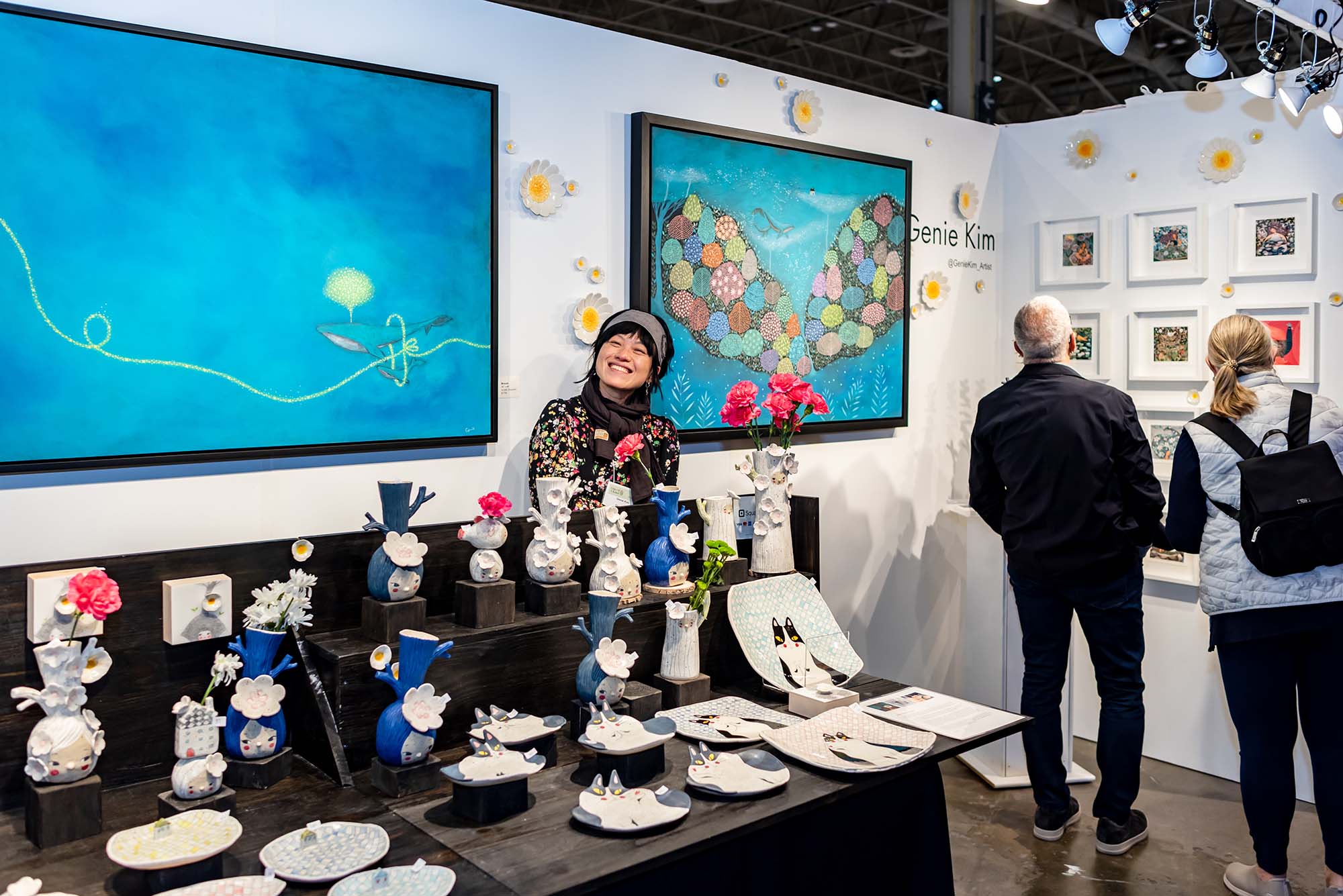
W: And do you have any tips for working the show specifically?
VR: People feel energy. If you're exhausted, people can feel that. Make sure you have extra help and you’re reserving your energy. You’re presenting your brand, and as people are walking by they get one impression.
Also, don’t be on your phone. One exhibitor had a great example: if you were hired to work in a store, you would not be allowed to be on your phone. Treat it as if you have a boss that's above you. How would you act if you had to report to someone?
Finally, have your story ready. A lot of our artisans are so humble. But if they have made it this far, they are well deserving of that spot. Own that, and know how to communicate in a sentence or two, what is your story? Why are you here?
With COVID, there was a huge growth in online shopping, and rightly so, because we couldn't be together. But I keep hearing more and more how the marriage of online and face-to-face is so crucial. Customers want to touch and feel the products. Doing a show like One of a Kind is fantastic so that people can come and see your products, and then that can feed your online sales. But I think that marriage is needed to ensure the health of your business.
All photos courtesy One of a Kind Show

